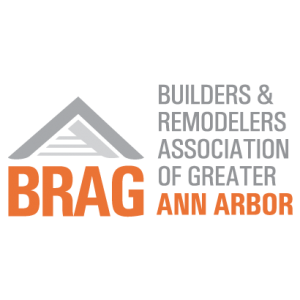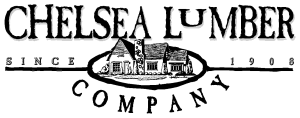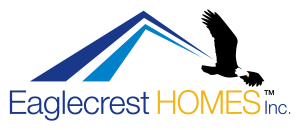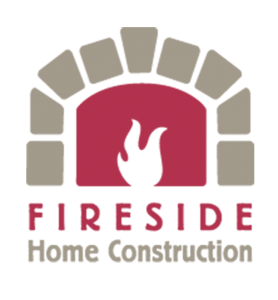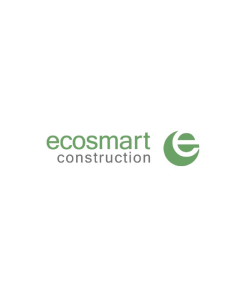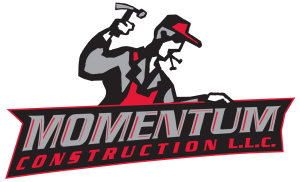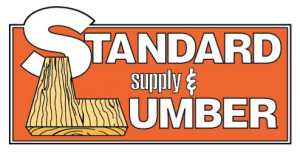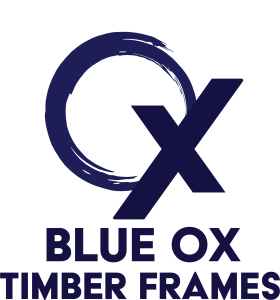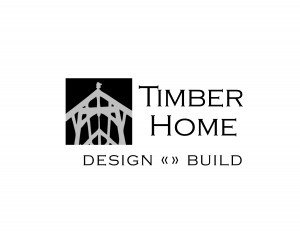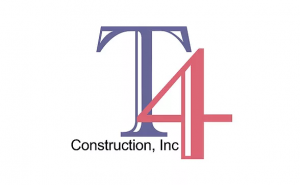Can a System Built, High Performance Home Be Net Zero Energy and Extremely Affordable at the Same Time? part 7/7
By Stewart Elliott, Co-Founder Right Home Company
We ended part 6 talking air quality and how our nation’s average home emits 14 tons of CO2 annually which brought up air quality which brought up health which brought up infiltration of air into (out of) our homes. A tight home is a healthier home. It takes energy to heat and cool the air of our home to our comfort level ~ 70 F and ~ 50% humidity.
Air Infiltration of a home is one of the largest energy considerations at ~ 20% of the energy cost and upwards of 50% on a windy day. Infiltration is measured in Air Changes per Hour (ACH) or replacing the total volume of air in your home multiple times per hour.
An average standard house has an air tightness of about 6 to 9 (ACH). This means that on a windy day, the air in your house could change to uncomfortable air over 12 times in 1 hr. This means you have to either re-heat or re-cool the air a dozen times every hour; this costs real money.
A blower door test is required to ‘evaluate’ the home for the ACH50. It does this by sucking air out of the house causing the higher outside pressure to ‘infiltrate’ the house allowing us to ‘see and feel’ incoming air through ‘leaks’ such as around windows, doors, electric outlets, vents, construction connections, and so on.
The 50 in the ACH50 is the air pressure measured in pascals, which is a low pressure, think sucking water up a straw.
NZEH are tight homes which also makes them healthier. With codes and homes approaching 4-ACH50, mechanical ventilation is required. There are many strategies ranging from whole house ventilation systems with or without heat recovery. The fact that these ventilation systems can filter and direct the fresh clean air to where it is needed makes your home healthier, more comfortable, as well as more efficient.
AND these ventilation systems consume little energy to operate because fan motors draw very little energy.
Roughly, 1 cu ft of air at 50% relative humidity with average composition weighs ~ .083 lbs/cu ft. (water is 62.4 lbs/cu ft). An average US home has ~20,000 cu ft of air therefore we are heating/cooling some 1,660 lbs of the stuff which easily results in a code home costing ~$1.70/hr to re-condition the incoming air. Simply, we quickly see the value of a tighter home, e.g. one measured @1-ACH50 cutting this cost by 1/4th resulting in a $.40/hr. cost or a $1.30/hr savings
We also see the value of a heat recovery whole house ventilation system; if operating at 50% (many are >80%), this is $.20/hr which adds up quickly becoming $450/yr in energy savings ($.2 x 24hrs x 100 days), enough to pay for the heat recovery ventilation system in several years.
1-ACH50 is one air change per hour which is a low practical measurement. Getting less than 1-ACH50 is certainly achievable but expensive – diminishing returns and tradeoffs become the strategy of the day.
These aspects improve our environment and our health and saves the national economy money in many areas such less storm damage, reducing medical costs, lower insurance rates, and equally important will be clear air that allows us to see the long views once again (witness the air quality resulting from the COVID 19 and ~3 spring months of 2020 of reduced land, water, and air travel).
Another reason that system built downsized NZE homes meeting today’s lifestyle creates money and the planet begins to heal.

